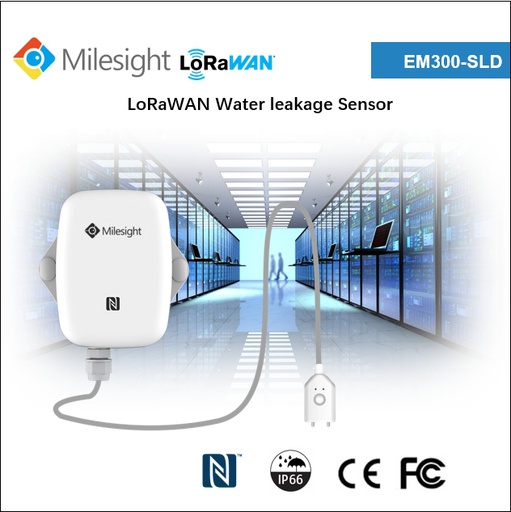Water damage is often an unseen threat under floorboards, ceilings, and around pipelines causing serious damage over time such as mold, equipment failure, and facility damage if not prevented in time. Water leak detection sensors monitor the presence of water in the specified area and alert you whenever they sense a leak. Among various types of water leak detection sensors, the cable type sensor and spot type sensor are the most widely used types.
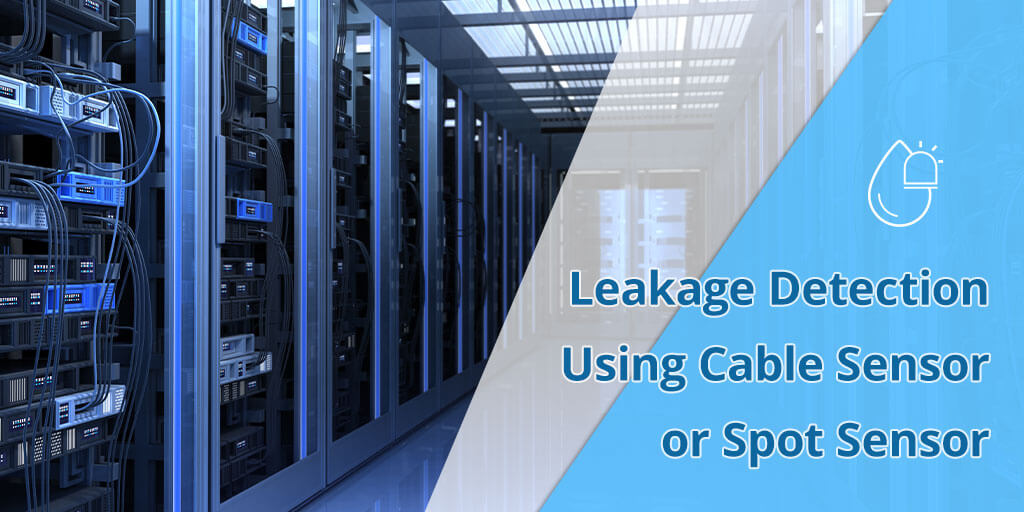
Now let’s see what are the differences between them and how to choose in your applications.
When we’re detecting water leaks, what are we detecting exactly? We’re talking about both point detection and linear detection. It can be either point and spot detection or when using specialized cables linear detection for large areas.
The spot type sensor or point detection sensor, which is designed to sense water at a single point and confined areas. There are two probes on the sensor and both of them must touch the water simultaneously to detect a water leak and trigger an alarm. You can deploy the sensor to those places where a leak easily happened, for instance, the drip pans, floor drains, or where water tends to converge. The spot sensors are suitable for monitoring limited areas given their small and precise range.
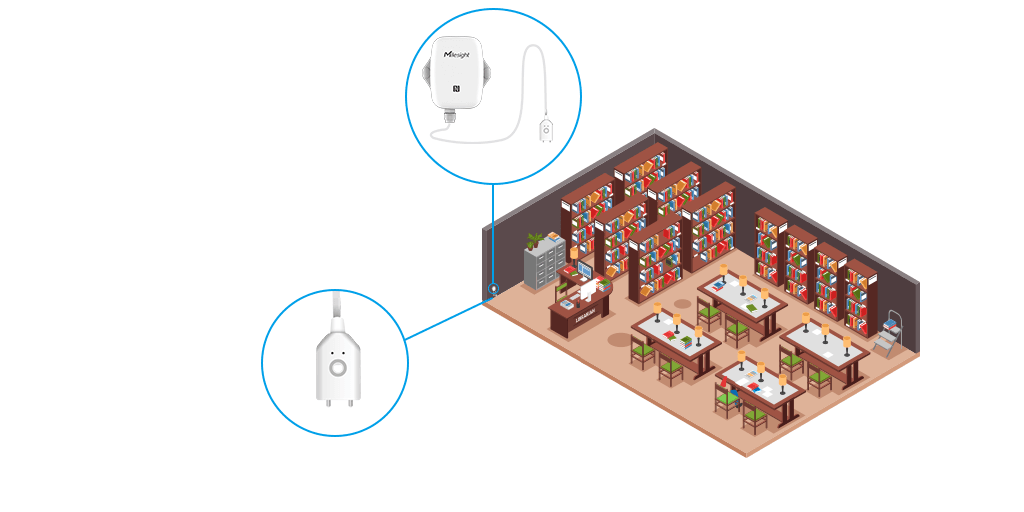
The zone type sensor or cable/linear detection sensor is designed to detect a leak in expansive and open areas. These water-sensitive cables can be put on the floor, wrapped around pipes, or attached to a wall for detecting leakage of clean or polluted water or other conductive liquid anywhere on the total length of the cable. It’s always difficult to predetermine the leak points in a large space like under raised floors, so the cable sensors are the ideal choice in that case.
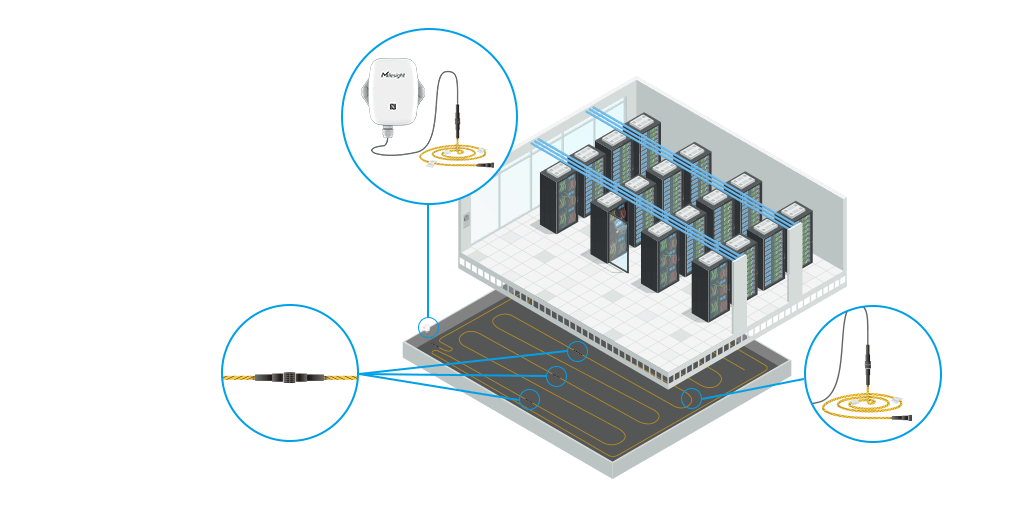
Theoretically, all leak detection cables are based on two sensing wires with reliability and durability. With a standard length of 3 meters, the cable is light, easy to install but robust enough to keep its shape, and both ends of the cable are equipped with terminals for length expansion. The sleek design of the cable allows it to dry and can be put into use again even after having been soaked in liquid and can still maintain its high sensitivity to react quickly without false alarms.
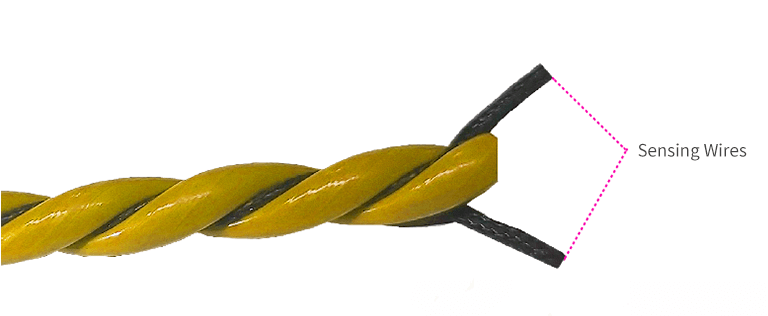
These basically systems are designed to continuously monitor for any amount of water and then produce an alarm if the water is indeed detected. It’s in a way very similar to the concept of detecting the presence of smoke or heat in a fire detection system.
Solution
As a matter of fact, the Milesight water leak detection sensor is an early warning solution based on LoRaWAN® technology, which can be quickly deployed in multiple zones for effective monitoring. With the feature of Custom Image on the Milesight IoT Cloud platform, you can now plot the leak sensors on your floor plans, building maps and the software will automatically change the color of the bubble and send you alerts on mobile push when a water leakage occurs.
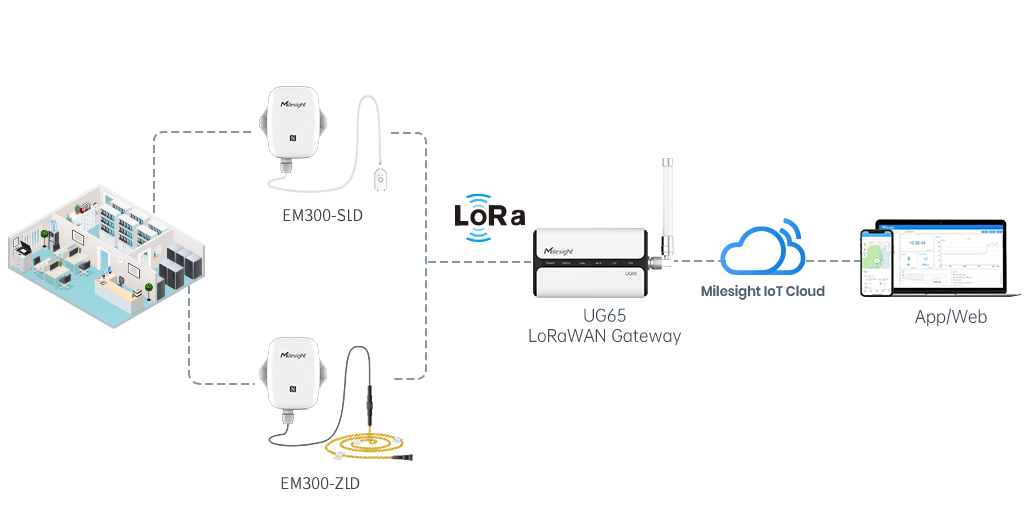 With the variety of leak sensor options available, it is important to evaluate the exact situation of monitoring required. You may probably need to take some factors into consideration including the area/zone being monitored, the environment of implementation, the simplicity of operation, the scalability of the device, and the total cost of your project.
With the variety of leak sensor options available, it is important to evaluate the exact situation of monitoring required. You may probably need to take some factors into consideration including the area/zone being monitored, the environment of implementation, the simplicity of operation, the scalability of the device, and the total cost of your project.
